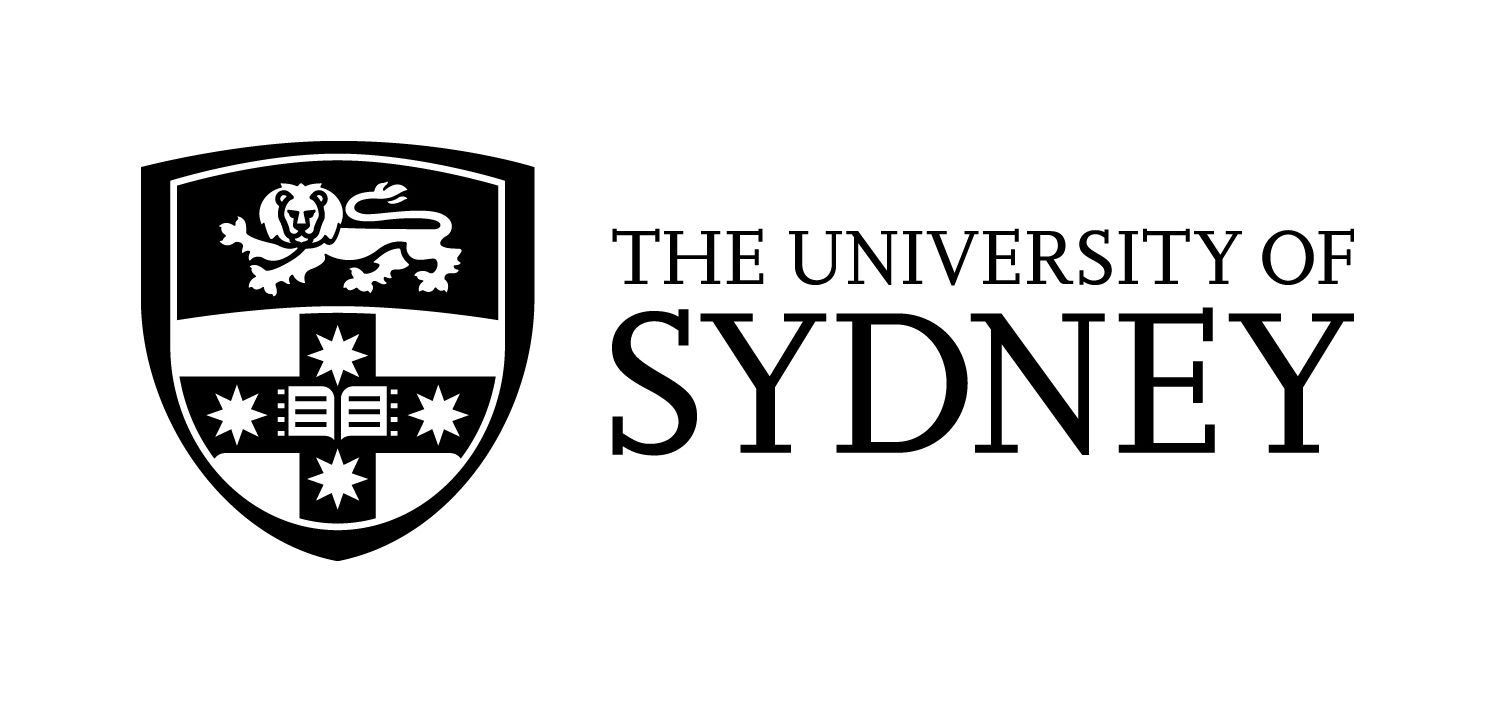Full description
This data collection contains Hydrodynamic Model output data produced by the Sydney Harbour Hydrodynamic Model.
The Sydney Harbour (real-time) model collates observations from the Bureau of Meteorology, Macquarie University, Sydney Ports Authority and the Manly Hydraulics Laboratory offshore buoy. The Sydney Harbour Model is contained within the Sydney Harbour Observatory (SHO) system.
The Sydney Harbour Hydrodynamic Model divides the Harbour water into a number of boxes or voxels. Each voxel is less than 60m x 60m x 1m in depth. In narrow parts of the Harbour, or in shallower regions, the voxels are smaller. Layers are numbered - so the sea floor is number 1 and the surface is number 24.
The model is driven by the conditions on the boundaries. It uses rainfall rates at 13 sites in the Sydney catchment, the wind speed, tide height, the solar radiation and astronomical tides. Every hour the display is refreshed.
The model utilizes the following environmental data inputs;
- Dr Serena Lee provide the following: 24 layer grid of the Sydney Harbour Estuary, bathymetry inputs, and the run-off coefficient formula used to convert rainfall readings provided by the Bureau of Meteorology into boundary input data.
- The Bureau of Meteorology provides the following model inputs; rainfall from 13 individual rain gauges, air temperature, humidity, barometric pressure, cloud cover, evaporation, wind speed, wind direction and forecast data
- Sydney Ports Authority provides tidal input data.
- The Office of Environment and Heritage, and the Manly Hydraulics Laboratory provides ocean boundary temperature input data.
- Macquarie University provides solar radiation input data.
The hydrodynamic modeling system models the following environmental variables:
- Salinity
- Temperature
- Depth average salinity
- Horizontal water velocity
- Vertical water velocity
- Depth average north velocity
- Depth average east velocity
- Water elevation
This dataset is available in Network Common Data Form – Climate and Forecast (NetCDF-CF) format.
Data time period: 05 09 2013 to 12 05 2014
User Contributed Tags
Login to tag this record with meaningful keywords to make it easier to discover
- Local : 11046


